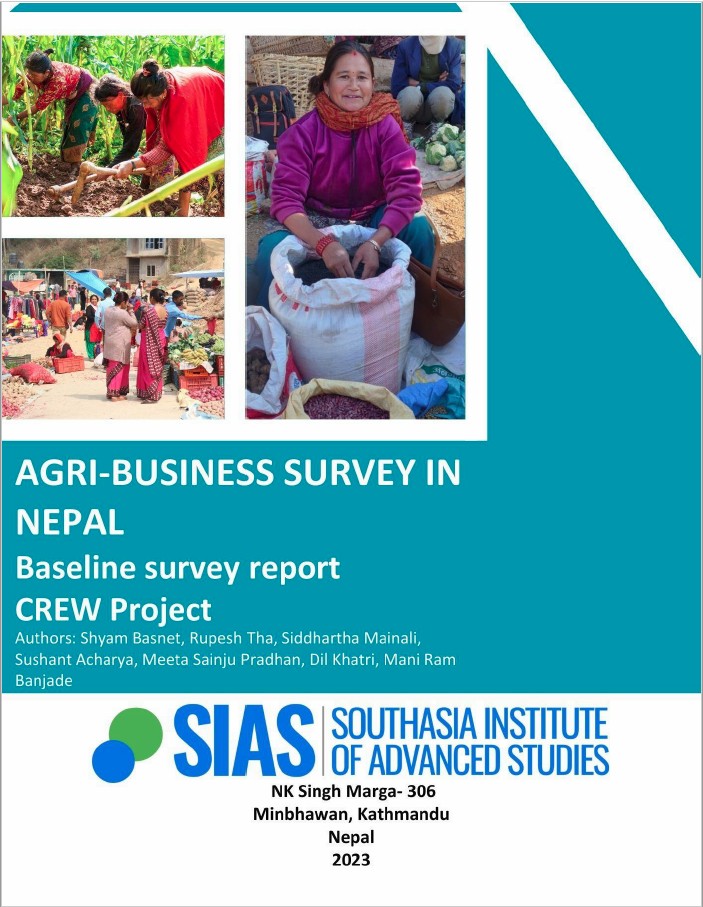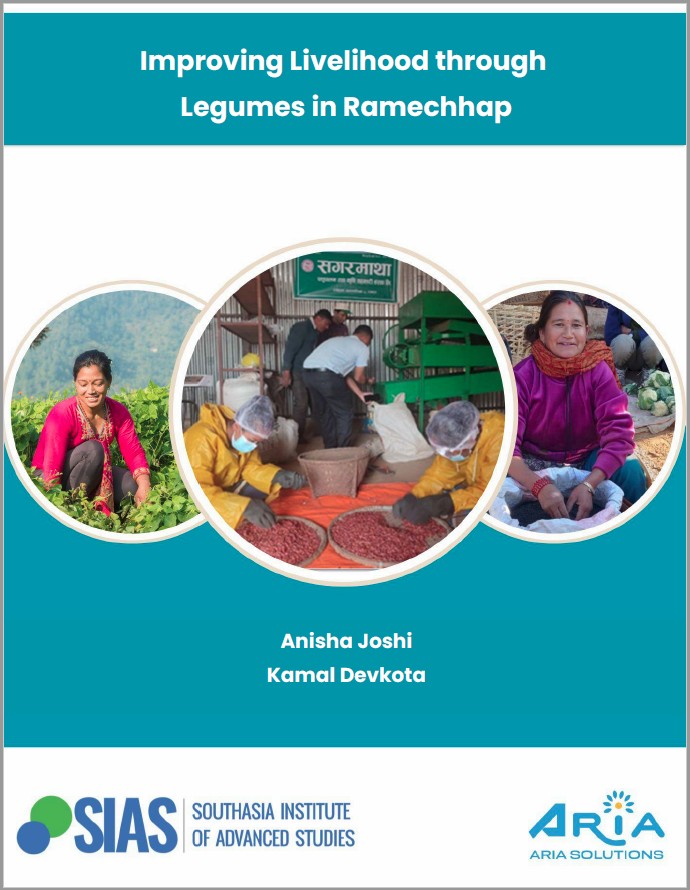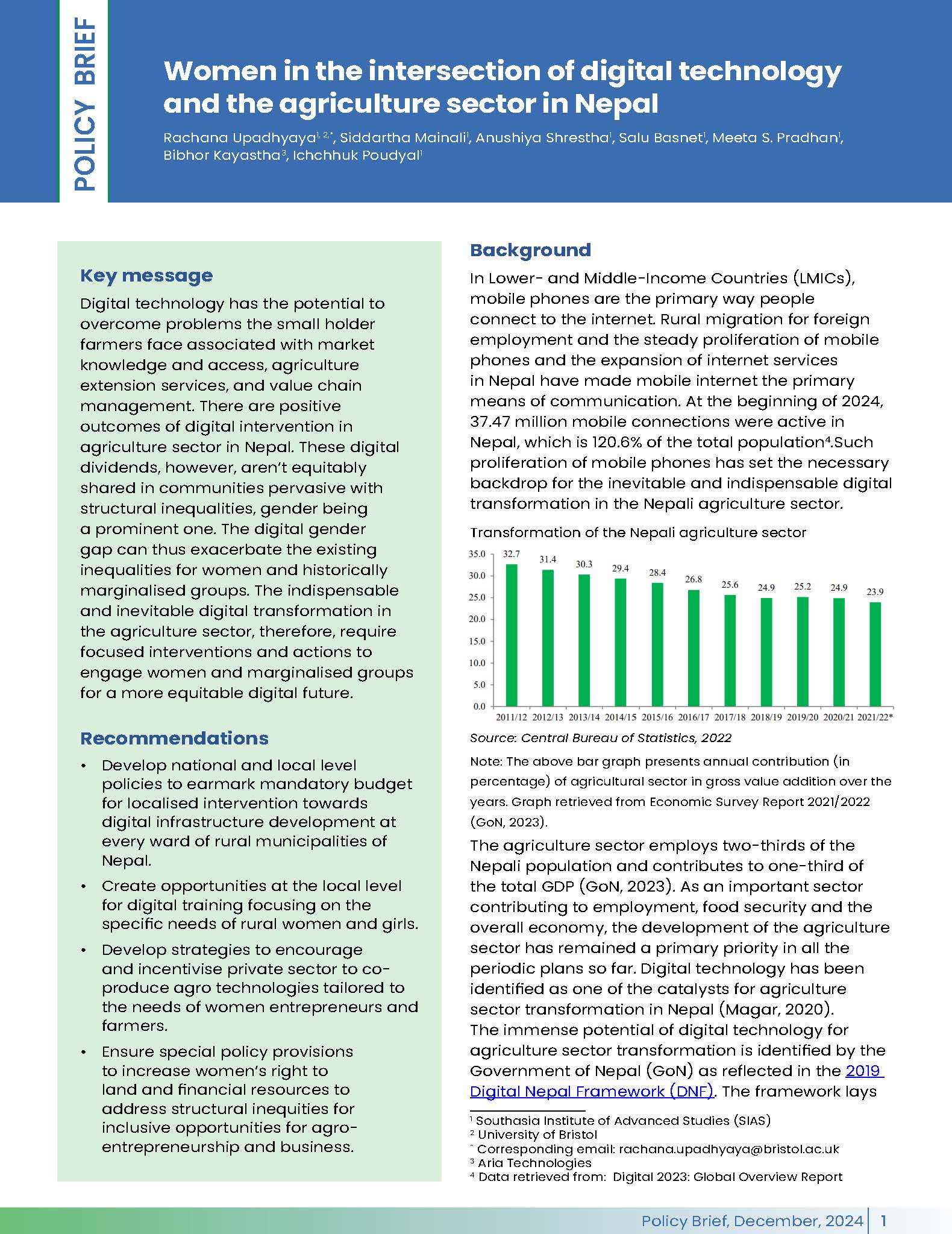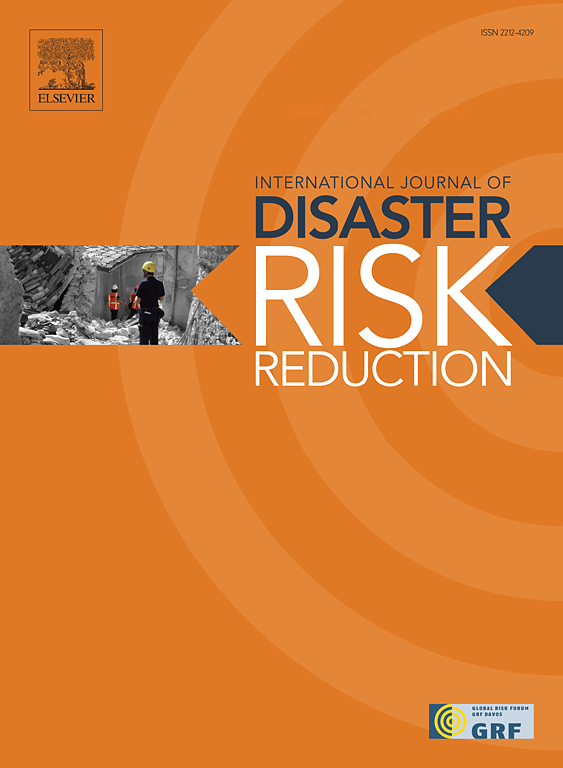By : Hari Dhungana, Adam Pain, Dil Khatri, Niru Gurung and Hemant Ojha
Abstract:This working paper provides a summary of initial findings on the factors influencing how meso-level institutions in Nepal are responding to climate change and extreme climate events. Nepal is still experiencing difficult processes of transition from war to peace. Underlying these difficulties and central to a view of Nepal as a state with limited capabilities is the ongoing challenge to its legitimacy, the failure of the state to perform in terms of delivery of basic public goods and reduce poverty, all underpinned by the persistence of an old political elite based on old social hierarchies and practices leading to enduring patterns of social exclusion. Through a combination of landscape features characteristic of mountainous countries, a largely subsistence agrarian sector, high poverty levels, and limited government capability Nepal has been ranked as the fourth most at risk country according to one Climate Change Vulnerability Index. Natural disasters – especially landslides and droughts in the mountains and hills and floods in the Terai – accentuated by extreme weather events are argued to be likely to have a significant impact on agricultural production and livelihoods, especially for marginal locations farmed by the more food insecure households. Although there is talk of climate policy integration or climate mainstreaming with assumptions of government coherence this is far from reality. The state and government are internally complex and incoherent, and the institutional landscape around climate change is complex both at national and district levels.







